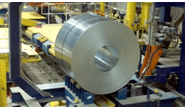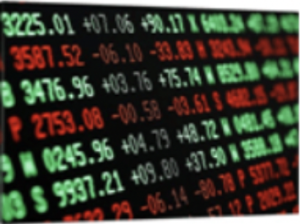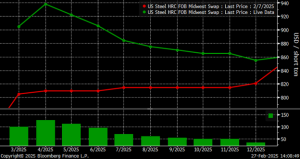
HR Futures: Market finds footing on supply-side mechanics
As Labor Day marks the transition into fall, the steel market enters September with a similar sense of change. Supply-side fundamentals are beginning to show signs of restraint: imports are limited, outages loom, and production is capped, setting the stage for a market that feels steady on the surface but still unsettled underneath.










